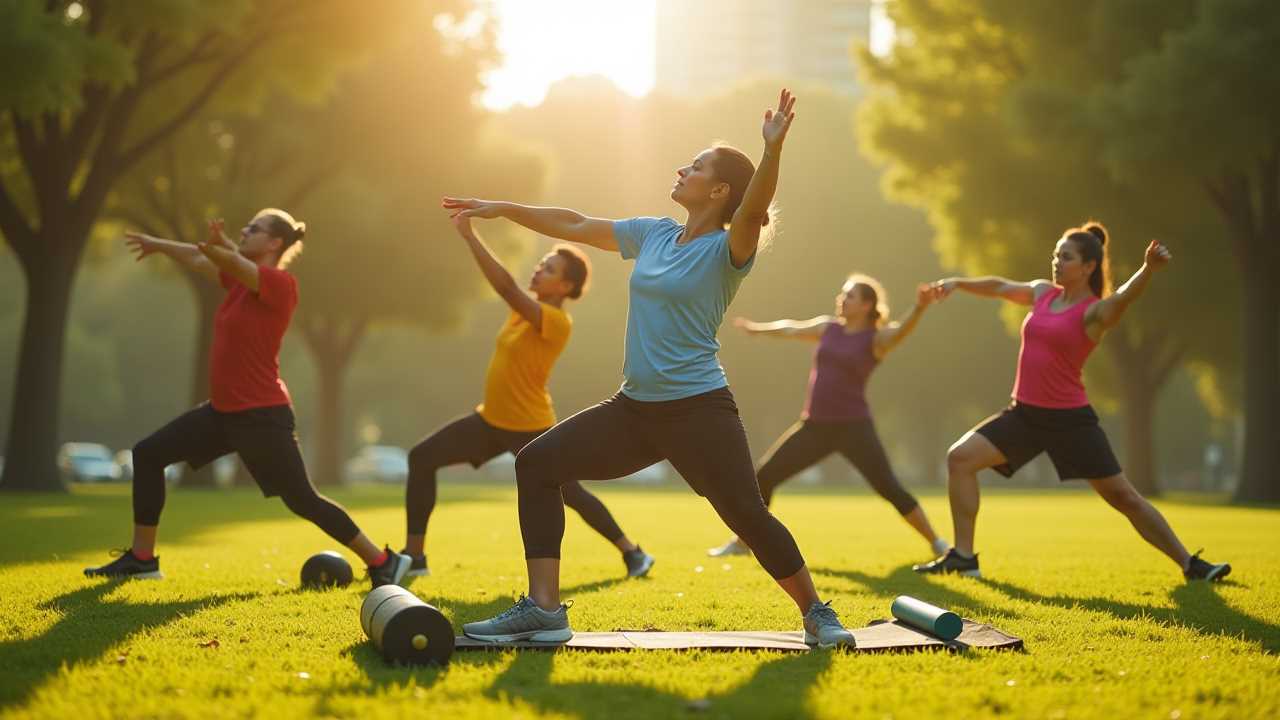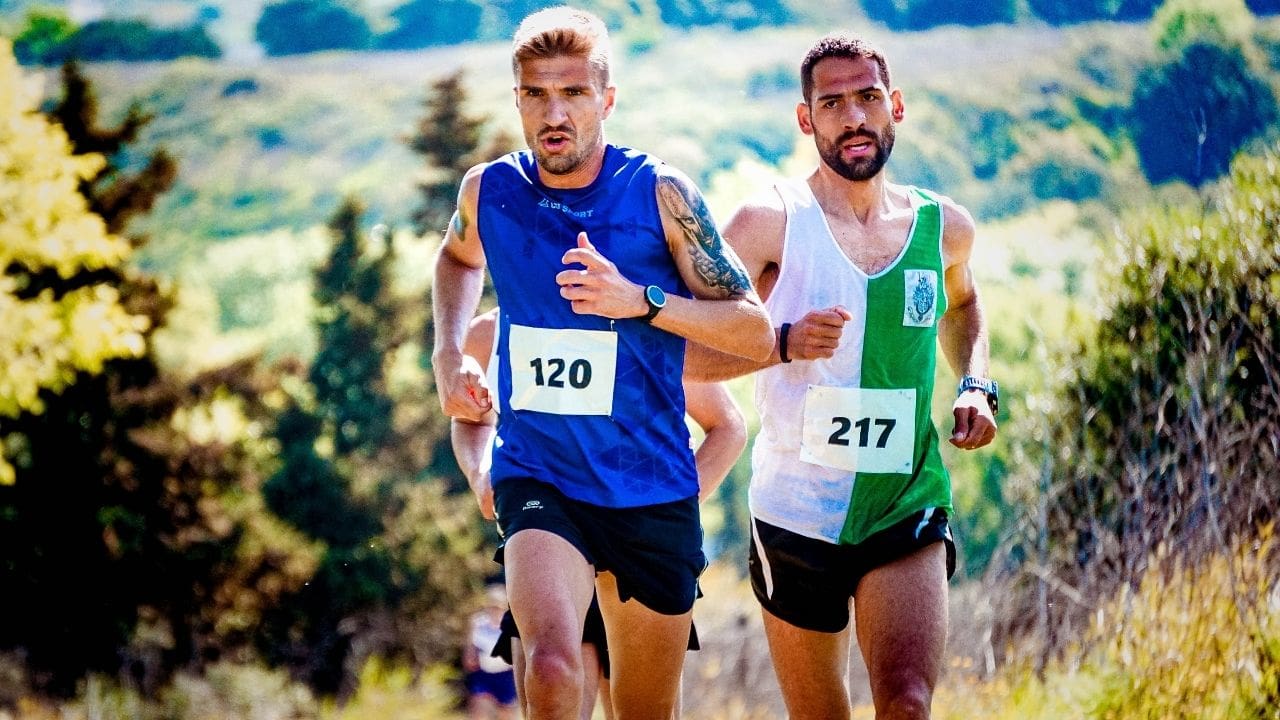Sports
How Can I Prevent Sports Injuries?
Preventing sports injuries begins with a thorough warm-up to enhance blood flow and flexibility. Proper technique and posture are crucial during exercise to


To prevent sports injuries, start with a solid warm-up to increase blood flow and flexibility. Spend 5 to 10 minutes on light cardio or dynamic stretches. Focus on maintaining proper technique and posture during your activities; this minimizes strain and improves performance. Choose the right sports equipment—well-fitted shoes and pads can reduce impact on your joints. Incorporate strength and flexibility training into your routine, aiming for at least two to three sessions a week. Finally, listen to your body; don’t ignore pain or unusual fatigue. Awareness helps you make adjustments, ensuring a healthier athletic experience. There’s more to discover on how to stay safe while enjoying sports.
Importance of Warm-Up and Cool Down
Warming up and cooling down are essential parts of any sports routine, much like the bookends of a good story.
When you warm up, you prepare your body for the activity ahead. This increases blood flow to your muscles and improves your flexibility, reducing the risk of injury. Even just 5 to 10 minutes of light cardio or dynamic stretches can make a significant difference.
After your workout, cooling down helps gradually lower your heart rate and prevents muscle stiffness. Stretching during this time keeps your muscles supple and aids recovery.
Proper Technique and Form
Your technique and form are essential in preventing sports injuries. When you engage in any sport, using the correct movements can significantly reduce the risk of injury.
Focus on maintaining proper posture and alignment, ensuring your body is in the right position during activities. For instance, in running, keep your shoulders relaxed and your feet landing beneath your hips. Practicing drills that emphasize these aspects can reinforce good habits.


Additionally, don’t hesitate to seek feedback from coaches or experienced players; their insights can help correct any flaws in your technique. Remember, it’s better to perform movements slowly and accurately than quickly and incorrectly.
Choosing the Right Equipment
Selecting the right equipment is essential for minimizing the risk of sports injuries. First, verify your gear fits properly. Ill-fitting shoes or helmets can lead to discomfort and increase your chances of injury.
Next, choose equipment designed for your specific sport. For example, using a well-cushioned basketball can reduce impact on your joints.
Additionally, don’t forget to replace worn-out gear; old pads or shoes lose their protective qualities over time.
Finally, consult with coaches or experts about recommended equipment for your level of play. They can provide insights on what’ll keep you safe while enhancing your performance.
Strength and Flexibility Training
Strength and flexibility training plays an essential role in preventing sports injuries and enhancing overall performance. By incorporating strength exercises, you can build muscle support around your joints, reducing the risk of strains and sprains.
Focus on major muscle groups, using body weight or resistance bands to start. Flexibility training, such as stretching and yoga, improves your range of motion, allowing for smoother movements during sports activities.


Make sure to warm up before workouts and cool down afterward to prevent stiffness. Consistency is key, so aim for at least two to three sessions a week.
Listening to Your Body
Listening to your body is essential for preventing sports injuries and ensuring long-term athletic performance. When you feel pain or discomfort, don’t ignore it. Instead, take a moment to assess what might be causing it.
Pain often signals that something isn’t right, whether it’s muscle fatigue or potential injury. If you’re feeling unusually tired or sore, it may be a sign to rest or modify your training.
Pay attention to how your body responds to different activities; this awareness can help you avoid overtraining. Incorporate recovery days into your routine, allowing your muscles to heal.
Frequently Asked Questions
How Does Nutrition Impact My Risk of Sports Injuries?
Nutrition plays an essential role in your injury risk. Proper hydration, balanced meals, and vital nutrients strengthen muscles and bones, improve recovery, and boost performance, reducing the likelihood of injuries during sports activities.
Are There Specific Exercises to Prevent Ankle Injuries?
To safeguard your ankles, practice precise, powerful proprioception exercises like toe taps and balance beams. Strengthening muscles and improving stability significantly decreases the dangers of ankle injuries, keeping you safe and sound during sports activities.
What Role Does Hydration Play in Injury Prevention?
Hydration’s essential for maintaining your performance and preventing injuries. When you’re well-hydrated, your muscles function better, reducing strain and fatigue. So, always drink enough water before, during, and after your activities to stay safe.


Can Mental Preparation Help Reduce Sports Injuries?
Mental preparation’s like sharpening a sword; it improves focus and boosts confidence. When you visualize success, you’re not just readying your mind—you’re also reducing tension, which can help lower your risk of injuries during competition.
How Often Should I Replace My Sports Equipment?
You should replace your sports equipment regularly, ideally every season or after significant wear. Keeping gear in good condition helps guarantee your safety and performance, allowing you to enjoy your activities without unnecessary risks.


Hi, I’m Kyle Rivera, a news journalist and blog editor with the Daily Evening News. A TCU alum with a flair for storytelling, I spend my days uncovering impactful stories and my evenings exploring the realms of yoga, cycling, and whimsically bad poetry.
Travel is my escape; I’ve trekked from Tokyo’s neon lights to Iceland’s tranquil vistas. But no journey is complete without Mogli, my Golden Retriever, who’s redefining his breed standards in the most charming ways.
I love connecting with fellow travelers, yogis, cyclists, and anyone who enjoys a laugh at my poetic attempts. If you’re into stories that inspire, travel escapades, or just want to see what Mogli and I are up to, I’d love to hear from you on Instagram or Facebook. Let’s share tales and tips from around the globe!

